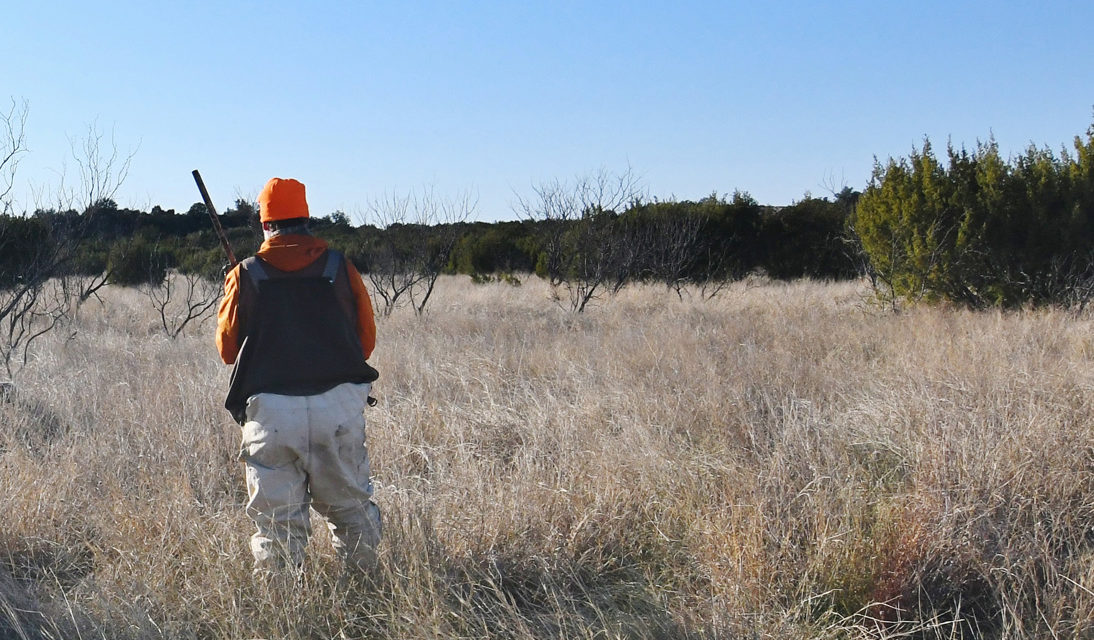By Adam Russell
Wildfire season has arrived earlier than usual due to high fuel availability, drought and other environmental conditions, said a Texas A&M AgriLife Extension Service expert.
Dr. Andy Vestal, AgriLife Extension director for emergency management at Texas A&M University, College Station, said the Energy Release Component, which measures how hot and long available fuel can burn if sparked, is at critical levels in some areas of the state. Conditions for wildfires are high when coupled with high winds, low relative humidity and other environmental factors.
Vestal said most of the state west of the Interstate 35 corridor is at a critical point as existing fuel, arid conditions and wind contribute to fire potential and threats.
“Grasslands that have not been regularly grazed or managed have enough fuel to create high ERCs, and that is the threat,” he said. “You add high winds like we’ve been seeing into the equation and you have the threat of a serious fire that could be extremely difficult to control.”
Wildfire season typically starts around March and lasts through spring green-up in April and May, Vestal said, as dead grasses, warm, dry conditions and spring winds increase fire potential.
This year, wetter conditions early in 2017 provided conditions for grasses to grow but were followed by drought.
“Be cognizant and aware of the potential threat from welding and cutting metal at work sites,” he said. “Environmental conditions at this point of the winter could make for a long fire season. These conditions arrived about a month ahead of schedule and could mean the wildfire season could extend to 90, possibly 100, days before the typical green-up.”
All it takes is a single spark to cause a wildfire, Vestal said. A fire in 2016 in Hamilton County was traced to a vehicle that was accidentally dragging a chain. The chain sparked fires along the roadside for 2 to 3 miles.
Vestal said it was lucky conditions were not windy when the ignition of that fire occurred.
The National Weather Service issued Red Flag Warnings, which indicate threatening wildfire conditions to more than 60 Texas counties Jan. 30. Vestal said conditions, especially precipitation, are not expected to improve over the next week.
Dr. John Nielsen-Gammon, AgriLife Extension state climatologist, College Station, said the U.S. Drought Monitor continues to show worsening drought around Texas as La Nina conditions – which typically bring warmer, drier weather patterns to much of the state – continue.
The drought monitor shows 85.5 percent of the state is “abnormally dry” compared to less than 20 percent three months ago. Almost 20 percent of the state is experiencing severe or extreme drought, especially in the Panhandle and a pocket in Central Texas.
“The long-term outlook continues to call for below-normal precipitation and above-normal temperatures,” he said.
Vestal said a recent fire in Motley County burned almost 6,000 acres.
“It’s amazing to think we have a season named after such potentially devastating events, but we have historical data that tells us it happens,” he said. “This year, it’s happening earlier than usual, and our producers and the public need to be mindful about the dangers and take precautions to prevent catastrophe.”






